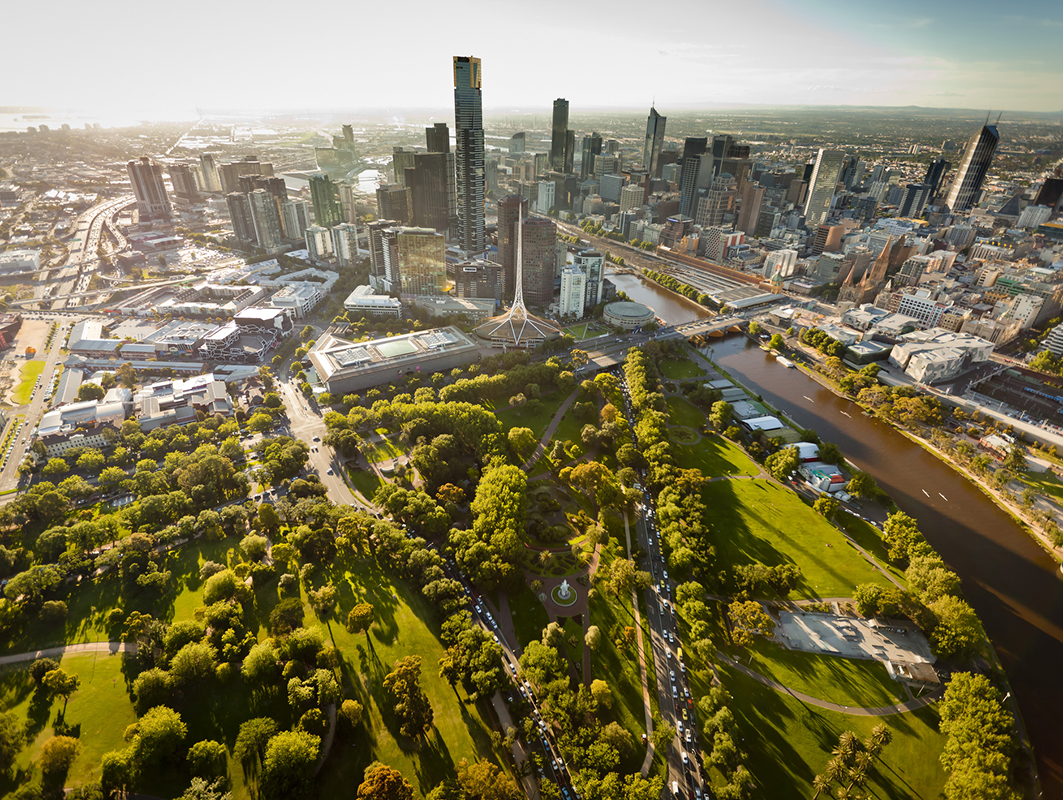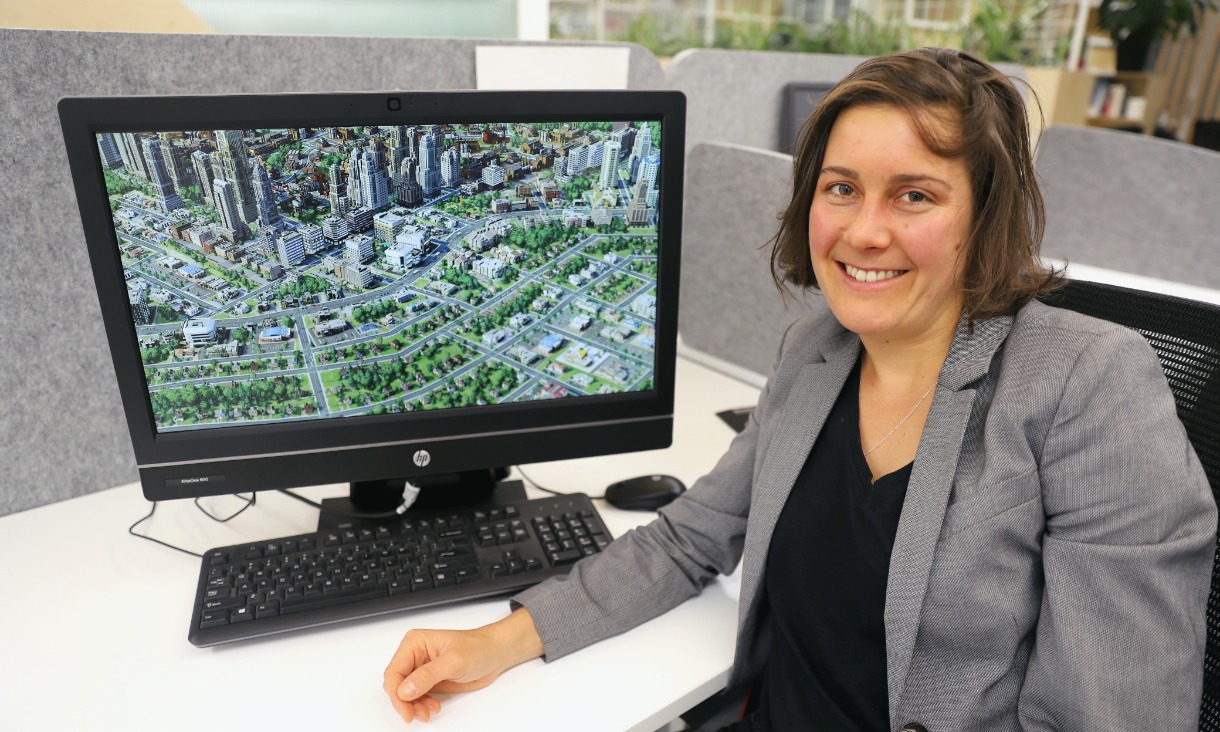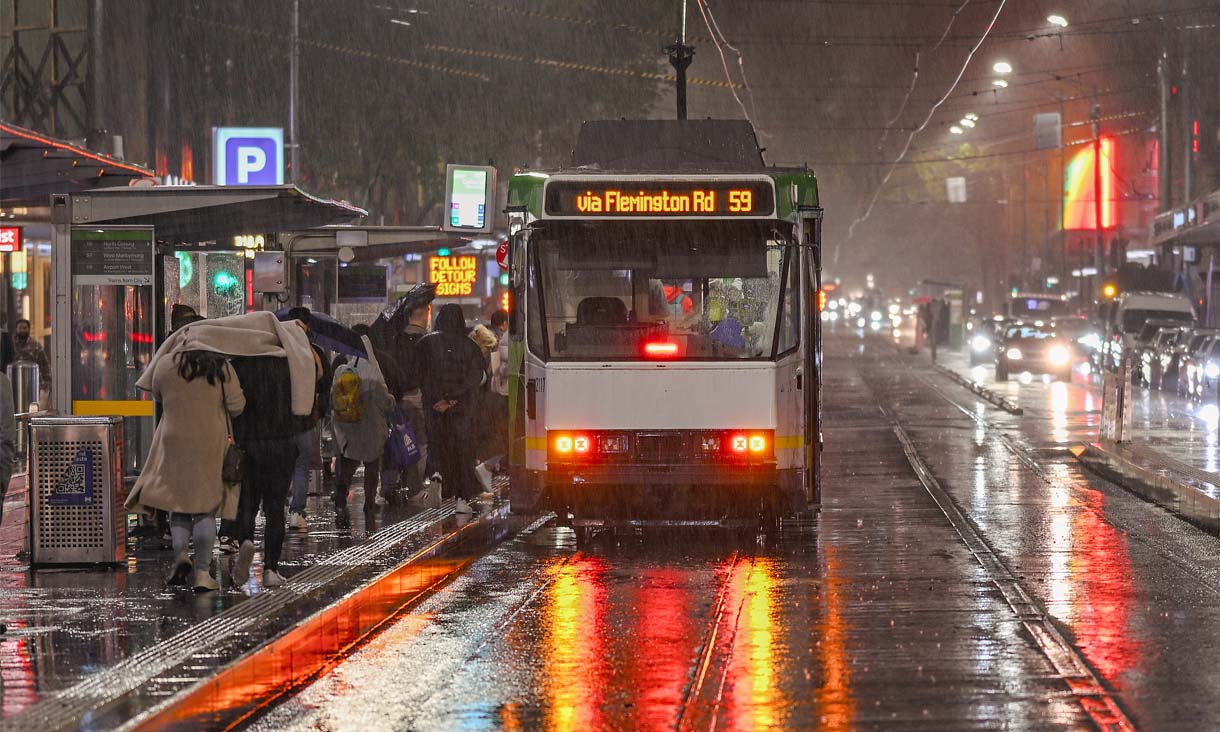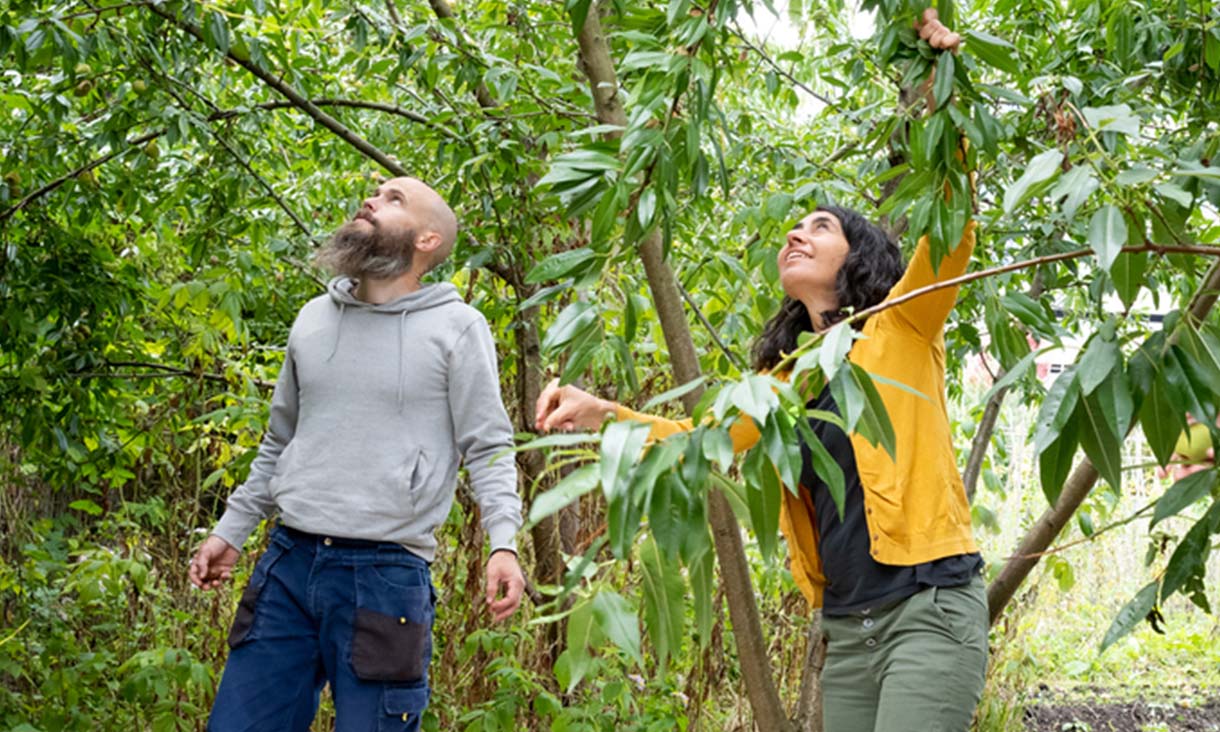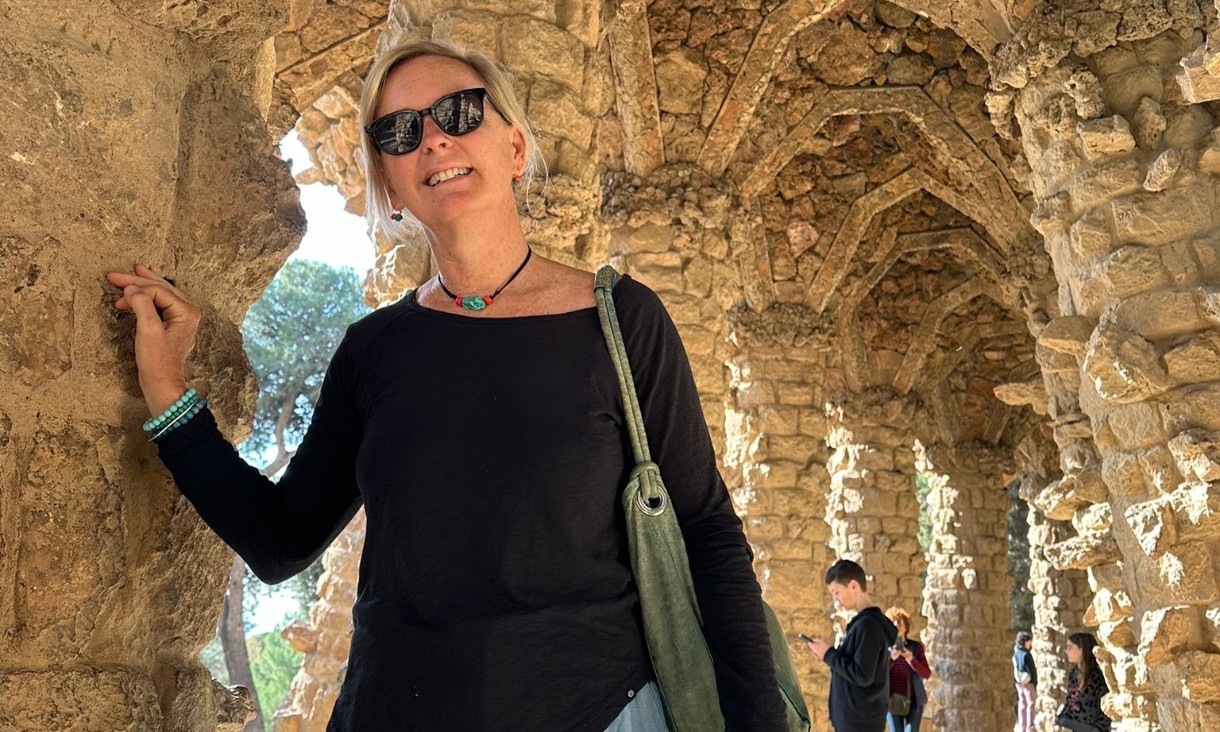What is your research focus?
My research spans a range of disciplines including urban planning, public health and urban analytics.
Building cities that are sustainable, productive and capable of delivering an environment conducive to health and wellbeing is an urgent priority, not only here in Australia but more generally globally.
Policy makers in urban planning are challenged to make the best possible decisions and usually they base these on their expertise and the information at hand.
Therefore, it is vital to provide them with the best possible systems to help them achieve these goals, which is what our team is dedicated to doing.
Tell us about urban analytics and how they support the creation of healthy liveable urban environments.
Essentially urban analytics is a set of tools and data to help assess city problems and offer solutions through usable evidence and urban simulation to solve them.
Using urban analytics, I try to make a small contribution to the global effort of building healthy liveable cities for all through my work in developing Planning Support Systems (PSS).
I think my interest in PSS, maps and geographic information systems (GIS) came from my nerdy childhood and all those hours I spent playing SimCity!
Therefore, my systems have graphical interfaces, like SimCity, with similar tools that allow city planners to play out “what-if” scenarios with urban data.
When they use my tools, the users are able to play out scenarios – for example, 'what if I transformed the street network, connected the streets here and there, added a few shops here?' – and the system is able to show them the effect of those changes on health-based indicators, for example walkability.
They can then use the tools to compare a series of plans for a suburb and evaluate their potential impact on people’s health.
What is your key goal in developing Planning Support Systems?
By bringing complex data and traditional GIS to a more exciting game-like environment, I like to think I’m helping to make research playful again.
My goal is to build bridges between research and practice, and I think that my tools do just that.
Not only can they help decision-makers understand the relationship between the built environment and health, they also foster a better understanding of the needs and values of researchers and practitioners.
At a more practical level, when I think about how to design a new PSS, I seek to learn what future users need.
I always try to stay on top of my game by reading about data visualisation, spatial science and new technologies as I care about the real-world impact of my research.
I then set out to design a tool that meets the requirements of my users. In my work I think a lot about usability which I believe is often overlooked.
If you want your research to be used, you need to make it easily available to your target audience.
How has your work developed over the years?
The health indicators I build into my PSS are getting more and more complex.
Recently I worked with health economists to combine my urban simulation system with a quantitative health impact assessment model. This allowed us to compare the health and economic benefits of planning scenarios.
On top of that the technology is evolving very quickly and it is super exciting.
I have access to faster machines that can process lot of data very quickly, the software I use are also evolving, the interfaces are becoming more user-friendly.
I am very lucky here at RMIT to have access to a MapTable on which I can run my PSS. I am doing more workshops with our industry partners using these technologies and there is a great appetite for data visualisation and application of PSS in community consultation.
Tell us about how your research has informed the Integrating Health and Planning course.
Students in the course will explore the links between urban policy and health risk factors such as physical activity, diets, social interaction, mental health and air quality, and how urban planning, design and policy can contribute to creating healthier communities.
Students will learn about the theories, key concepts and evidence about healthy urban environments and will explore how current policy and legislative framework in Victoria and Australia address the links between the built environment and health.
But importantly, I will equip them to undertake Health Impact Assessment of planning and design decisions using the PSS I have developed for them to identify urban policy responses to protect and promote health.
